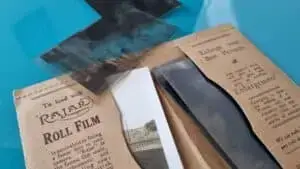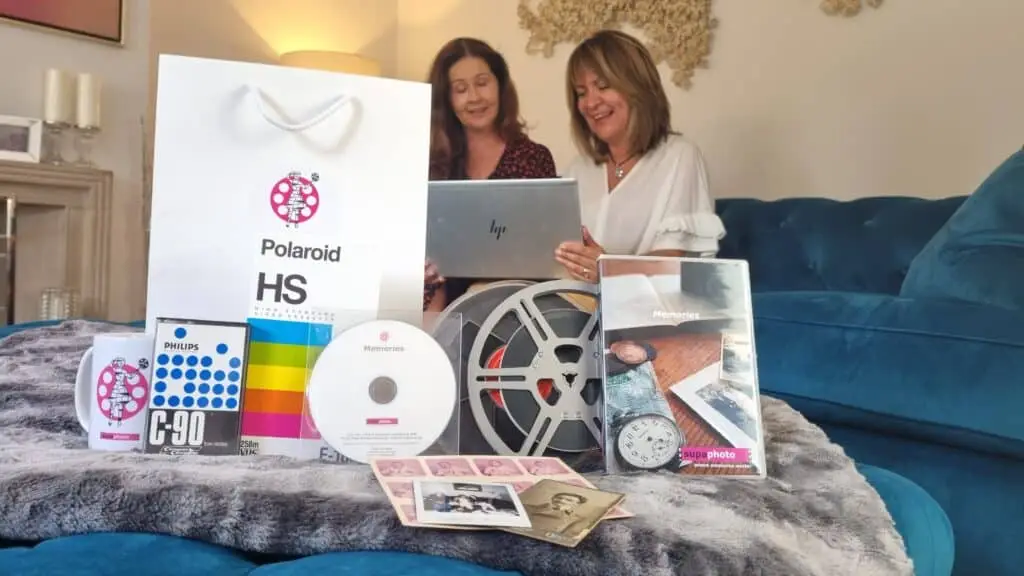- Home
- How to convert photos
How to Convert Photos Guide
Last updated: March 2024
Converting photo formats is crucial for maintaining compatibility and ensuring long-term preservation. This guide delves into the nuances of transforming photographs from physical to digital forms and back. Covering a variety of formats, from traditional film and prints to contemporary digital files. It offers insights into resolution, benefits, and constraints of each. Discover the ability to rejuvenate beloved images or facilitate multimedia endeavours with this detailed guide to converting photo formats.
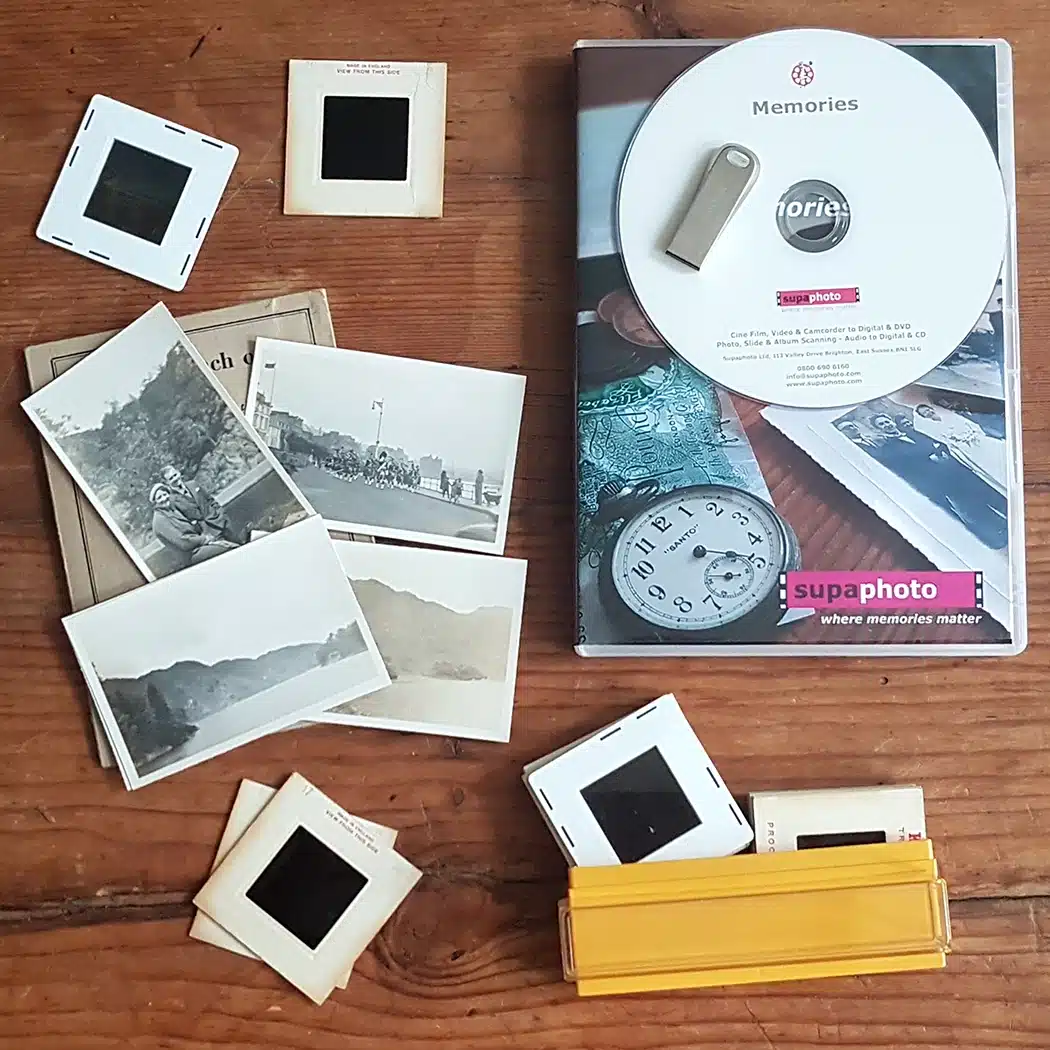
Converting photo formats is crucial for maintaining compatibility and ensuring long-term preservation. This guide delves into the nuances of transforming photographs from physical to digital forms and back. Covering a variety of formats, from traditional film and prints to contemporary digital files. It offers insights into resolution, benefits, and constraints of each. Discover the ability to rejuvenate beloved images or facilitate multimedia endeavours with this detailed guide to converting photo formats.
Browse Our Guides:
Photo Format Comparison Table at a Glance
| Type | Description | Year Invented | Main Uses | Advantages | Disadvantages | Resolution |
|---|---|---|---|---|---|---|
| Prints | Photographs printed on photo paper | 19th century | Personal albums, galleries, art | Tangible, easily displayed | Susceptible to physical damage, fading | Dependent on source image |
| 35mm Slides | Positive images on film to be projected | 1936 | Education, professional photography, presentations | High quality, compact storage | Requires projector, can fade | Up to 4000 dpi |
| Negatives | Inverted images on film that require development | 1889 | Film photography, professional archiving | High resolution, good color range | Needs development and special equipment | High, depending on film |
| Photo Albums | Books or binders designed to display and protect photographs | Early 19th century | Home archiving, showcasing memories | Organizational tool, preserves photos | Bulky, photos can degrade if not stored properly | Dependent on photos contained |
| Camera Memory Cards | Electronic storage cards for digital images | Late 1990s | Digital photography, video recording | High storage capacity, reusable, portable | Can fail with data loss, limited lifespan | Dependent on camera's resolution |
| Disc Films | Film format with disc-shaped cassettes containing a spiral of film | 1982 | Amateur photography | Compact, easy to load | Low image quality, obsolete | About 10 x 8 inches (2520 x 2040 dpi) |
| APS Films | Advanced Photo System film, smaller than 35mm with different aspect ratios | 1996 | Consumer photography | Compact, multiple formats on one film, easier loading | Discontinued, lower quality than 35mm | Up to 2400 dpi |
Prints
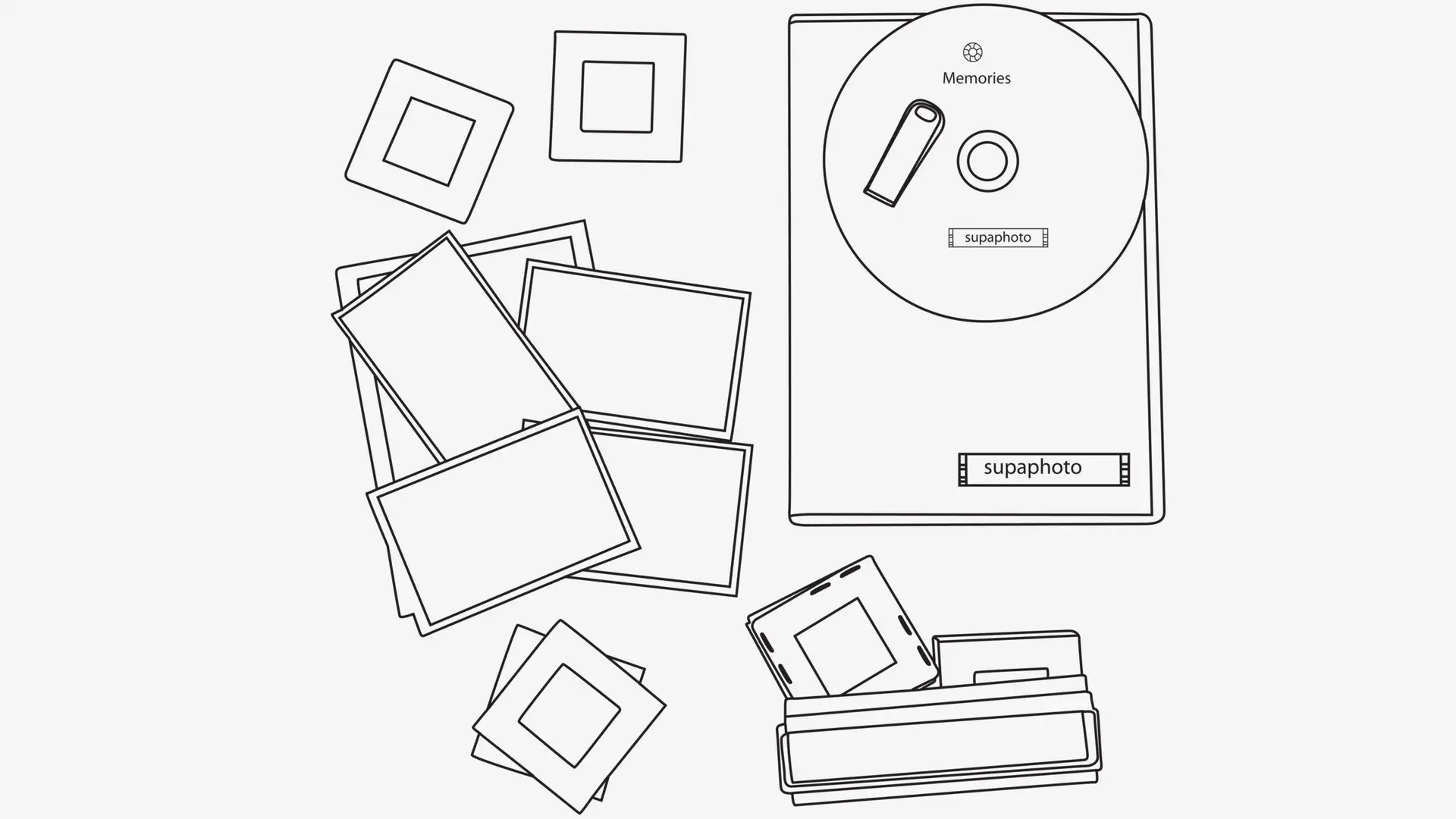
Q. Where can I get a photo scanned?
A. You can get photos scanned at various places, including:
- Office supply stores: Many office supply stores offer scanning services.
- Local print shops: Check with local print shops or photography stores in your area. They often provide scanning services for photos and documents.
- Photo studios: Some photography studios offer scanning services as part of their range of services.
- Online services: There are also online services where you can mail your photos to be scanned, or upload them digitally for scanning.
- Libraries: Some libraries offer scanning services, although availability may vary depending on the library.
- Personal scanners: If you have access to a scanner at home or work, you can scan the photos yourself.
For valuable or delicate photos, we offer professional photo scanning services. We ensure high-quality results with our expertise in handling delicate photos. We also offer additional services like restoration, and provide peace of mind for cherished memories.
Q. How to scan a photo?
A. To scan a photo, you need a flatbed scanner or a scanner-equipped multifunction printer.
To scan a photo, place it face down on the scanner glass. Ensure the scanner lid is closed to prevent light interference. Open the scanning software on your computer and select the appropriate settings, such as resolution and file format. Preview the scan if available, then initiate the scanning process. Once scanned, save the digital file to your desired location on your computer.
Q. How to digitalise old photos?
A. To digitise old photos, gather a flatbed scanner or a scanner-equipped printer, along with a computer and scanning software. Prepare photos by removing dust and organising them. Place photos face down on the scanner glass, adjust settings in scanning software, and scan each photo. Save scanned images to your computer, edit if needed, and create backups. Preserve original photos in acid-free storage to prevent damage.
Q. How to scan and print photos?
A. To scan and print photos, start by placing the photo face down on the scanner glass. Close the lid and open scanning software on your computer. Adjust settings like resolution and color balance, then preview and scan the photo. Save the scanned image to your computer. Open the image in photo editing software if necessary. Print the photo using a color printer, ensuring paper and ink quality match your preferences for the best results.
Q. How much does it cost to scan photos?
A. The cost of scanning photos in the UK can vary depending on factors such as the number of photos and the quality of scanning desired. Prices are summarised below:
| Typical 6” x 4” Prints | From 39p each |
| Typical 7″ x 5″ Prints | From 45p each |
| Over 7″ x 5″ Prints | From 59p each |
This includes free rotating and image orientation, free cropping and ‘red eye’ corrections.
35mm Slides
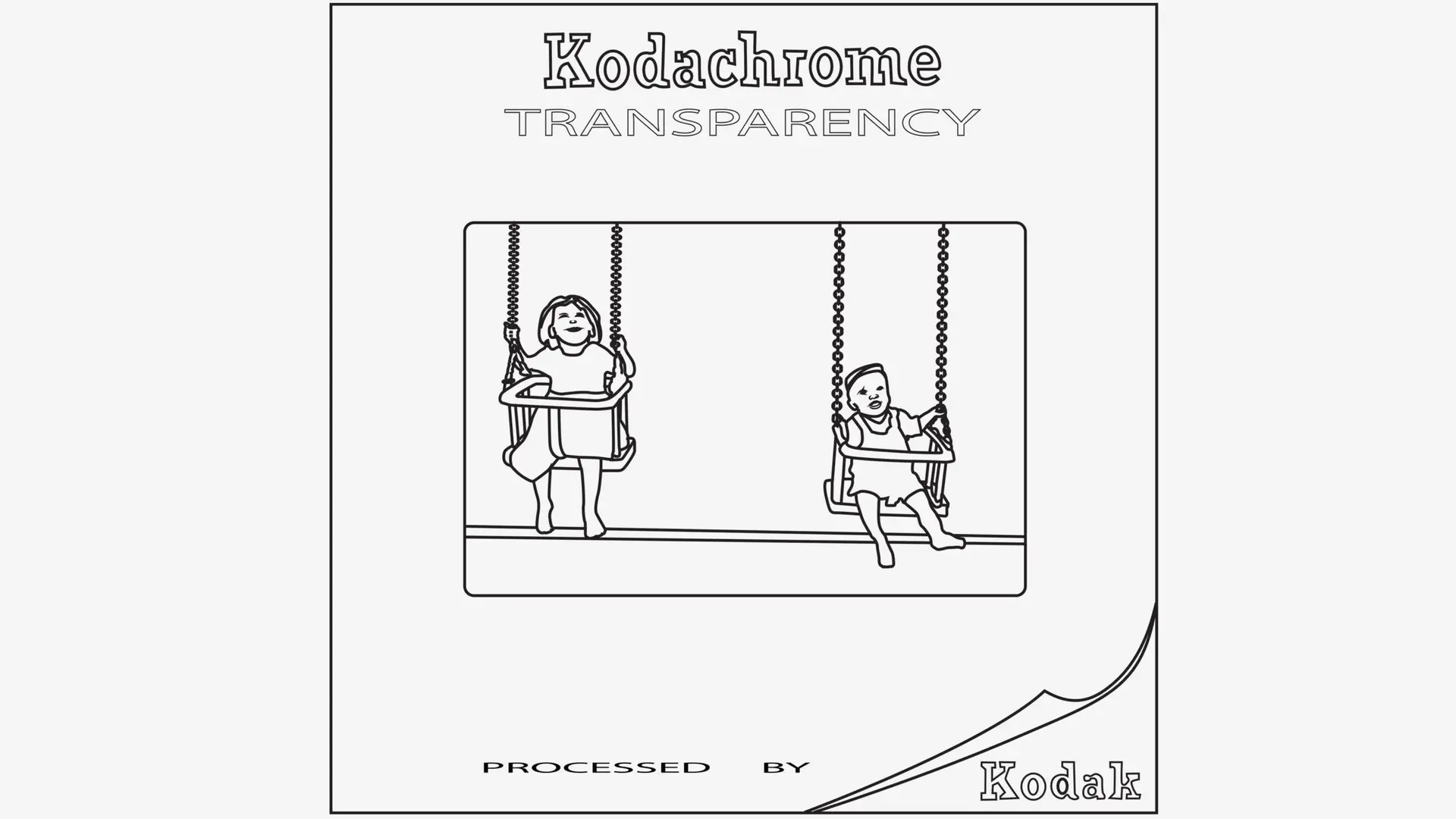
Q. Where to get slides made into photos?
A. You can convert 35mm slides into photos at local photo labs, online services, specialised scanning services, or photography studios. These options offer varying costs, turnaround times, and quality of conversion.
Q. Can 35mm slides be digitalised?
A. Yes, 35mm film can be digitised through various methods. Specialised film scanners are designed specifically for this task, offering high-resolution scans directly from the film negatives or slides. Flatbed scanners equipped with transparency adapters can also be used to digitise film. Additionally, professional scanning services offer the option to send your film for digitisation, ensuring high-quality results. Once digitised, the film images can be stored digitally, viewed on screens, shared online, or printed as photos. This process preserves the content of the film in a digital format, allowing for easier access and sharing
Q. Best way to digitalise 35mm slides?
A. The best way to digitise 35mm slides depends on your needs and preferences. Specialised film scanners offer high-resolution scans directly from the slides, preserving details and colour accuracy. Flatbed scanners with transparency adapters can also produce good results and offer versatility for scanning various formats. Alternatively, professional scanning services ensure high-quality digitisation without the need for specialised equipment. Choose the method that suits your budget, desired quality, and convenience for the best results.
Q. How to scan transparencies?
A. To scan transparencies, such as 35mm slides or film negatives, follow these steps:
- Clean the Transparencies: Use a soft brush or compressed air to remove dust and debris from the transparencies.
- Prepare the Scanner: If using a flatbed scanner, ensure it has a transparency adapter or backlighting attachment. Adjust the scanner settings for transparency scanning.
- Place the Transparencies: Position the transparencies face down on the scanner glass or in the scanner’s transparency holder, depending on the scanner model.
- Preview and Adjust Settings: Open the scanning software on your computer and preview the scan. Adjust settings such as resolution, color mode, and dust removal as needed.
- Scan the Transparencies: Initiate the scanning process. Depending on the scanner, you may need to scan each transparency individually or multiple transparencies at once.
- Save the Scans: After scanning, save the digital files to your computer. Choose a file format suitable for your needs, such as JPEG or TIFF.
- Edit and Enhance: Use photo editing software to crop, adjust colors, and remove imperfections from the scanned images if desired.
- Backup: Create backups of your digital files to prevent loss. Consider storing them on external hard drives or cloud storage for added security.
By following these steps, you can effectively scan transparencies to create digital copies for archiving, sharing, or printing.
Q. How much does it cost to scan slides?
A. The cost to scan slides can vary depending on factors such as the number of slides, the resolution of scanning, and any additional services required. Our prices are outlined below
| 1-100 Slides | 79p each |
| 101-200 Slides | 59p each |
| 201-400 Slides | 201-400 Slides |
| 401-700 Slides | 45p each |
| 701-1000 Slides | 39p each |
| 1000 plus slides | Call us! |
This includes free rotating and image orientation, free cropping and ‘red eye’ corrections.
Negatives
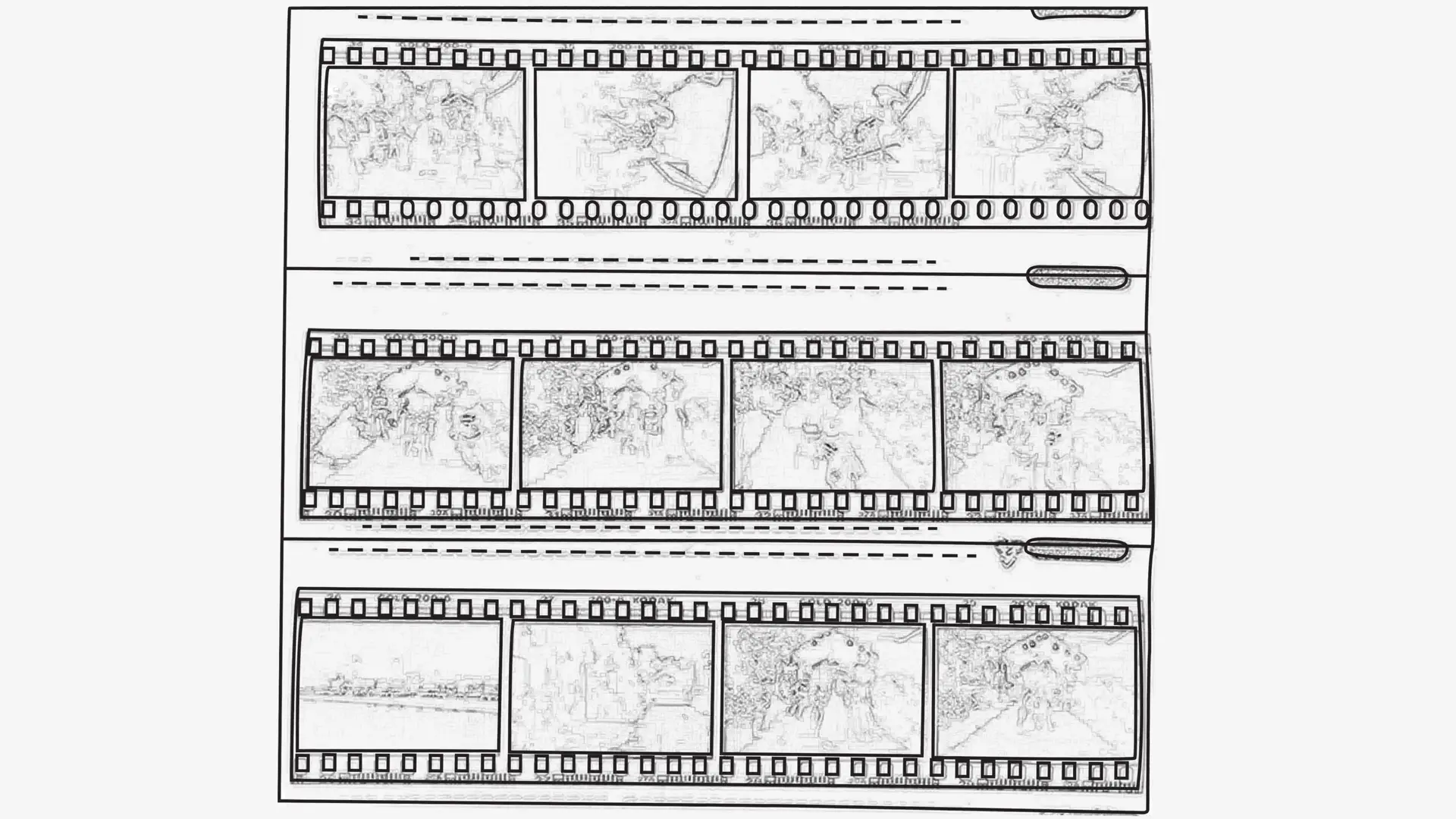
Q. How to scan negatives?
A. To scan negatives, clean them with a soft brush or compressed air. Use a scanner with a transparency adapter or backlighting attachment. Place the negatives face down on the scanner glass or in a transparency holder. Adjust scanner settings for negative scanning, including resolution and colour mode. Preview and scan each negative. Save the scanned images to your computer and edit as needed.
Q. Where can I get negatives developed?
A. You can get negatives developed at various places, including:
- Local photo labs or photography shops.
- Drugstores or supermarkets with photo processing services.
- Online photo printing services that offer negative development.
- Professional photo studios or printing services.
Ensure the chosen service supports the type of film you have and offers the processing options you require, such as color or black-and-white development.
Q. How much does it cost to scan negatives?
A. The cost to scan negatives varies depending on factors such as the number of negatives, resolution of scanning, and any additional services needed. See the table below for our prices
| 1-100 35mm Negative Frames | 79p each |
| 101-200 35mm Negative Frames | 69p each |
| 201-400 35mm Negative Frames | 50p each |
| 401-600 35mm Negative Frames | 45p each |
| 600 Plus | Call Us! |
This includes free rotating and image orientation, free cropping and ‘red eye’ corrections.
Photo Albums
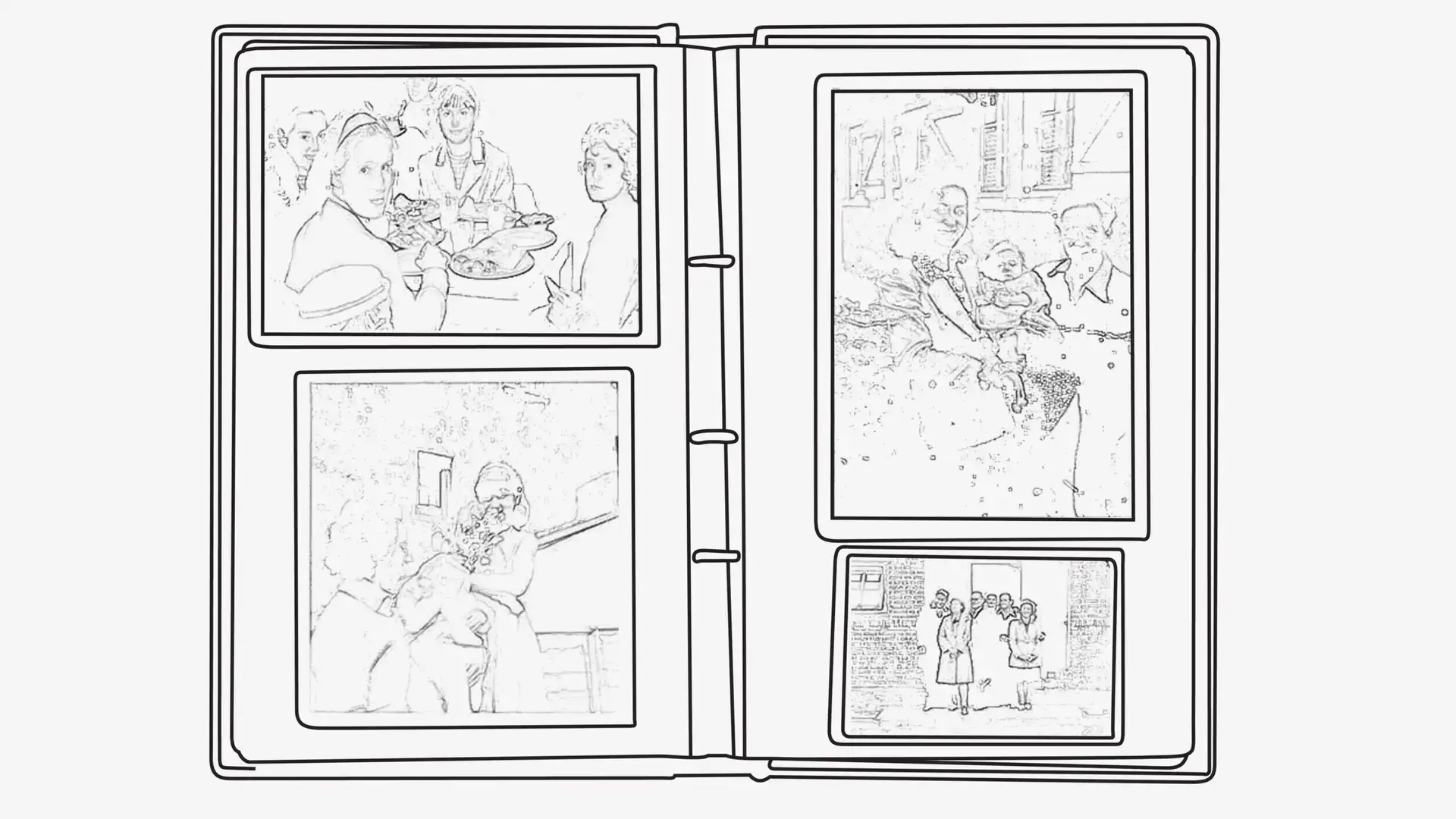
Q. How to scan photo albums?
A. To digitise your photo albums, prepare them by ensuring cleanliness. Choose a flatbed scanner for individual photos or a high-resolution photo scanner for entire pages. Scan photos individually by placing them face down on the scanner glass or scan entire pages by placing the open album on the scanner bed. Adjust scanner settings such as resolution and color mode. Preview the scan, make adjustments if needed, then initiate scanning. Save scanned images to your computer, organise, edit, and create backups for preservation.
Q. How much does it cost to scan photo albums?
A. The cost of scanning photo albums varies depending on factors such as the number of photos, the size of the album, the resolution of scanning, and any additional services required. See our prices below!
| Quantity | Typical prices starting from |
| Loose typical 6″ x 4″ Prints | From .39p each |
| Loose typical 7″ x 5″ Prints | From .45p each |
| Loose over 7″ x 5″ Prints | Please enquire |
| Photo album pages | Please enquire (as there are many different types!) |
This includes free rotating and image orientation, free cropping and ‘red eye’ corrections.
Disc Films
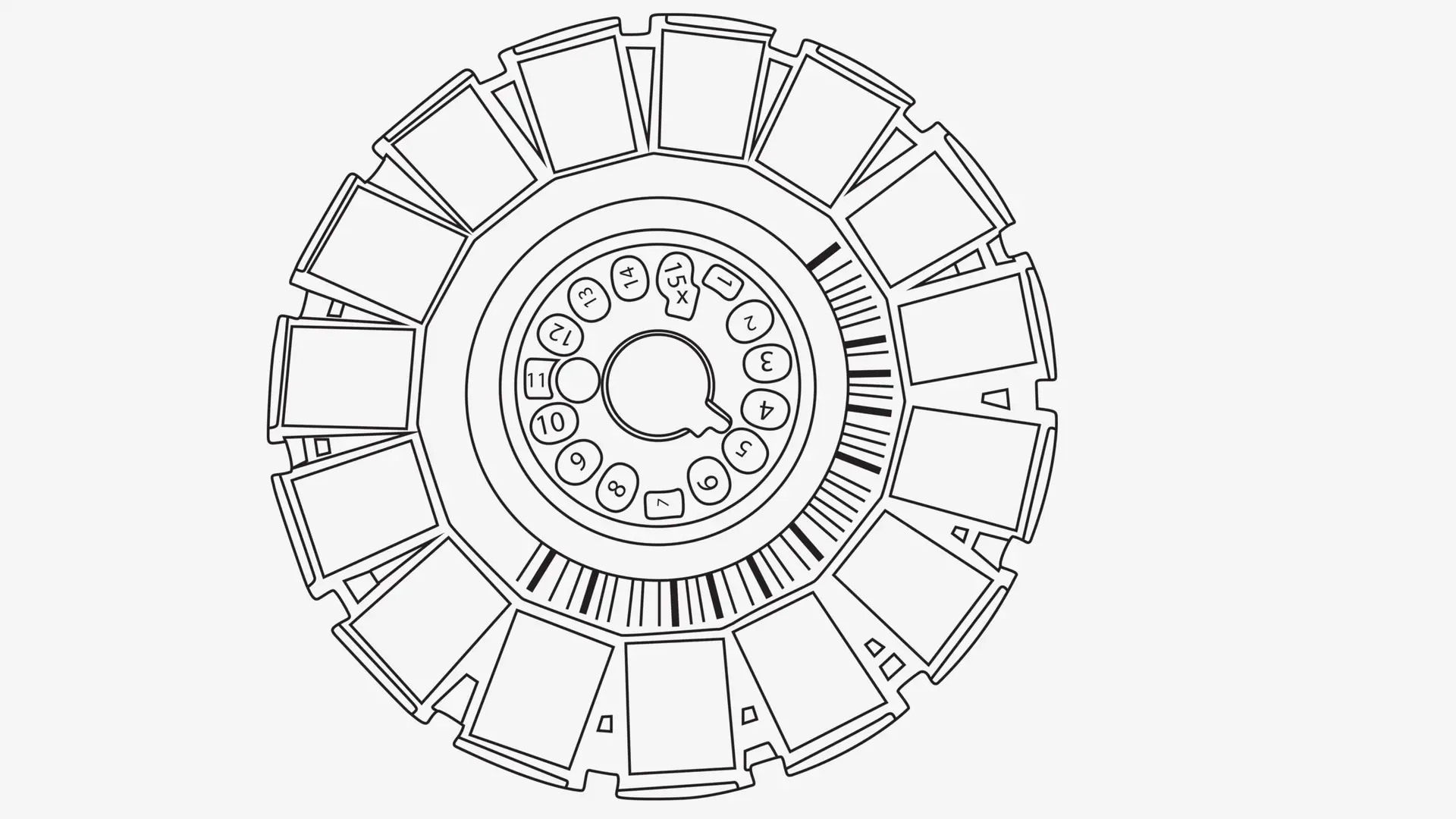
Q. Where can I get kodak disc film scanned?
A. You can get Kodak Disc film scanned at various places, including:
- Local photo labs or photography shops that offer film scanning services.
- Online photo printing services that specialise in film scanning.
- Professional scanning services that accept various film formats.
- Some camera stores may offer film scanning services.
Ensure the chosen service supports Kodak Disc film and offers the scanning resolution and quality you require.
Q. Can kodak disc film be developed?
A. Yes, Kodak Disc film can be developed. While Kodak discontinued the production of Kodak Disc film in the early 1990s, many photo labs and specialty film processing services still offer development for Kodak Disc film. Keep in mind that finding a lab that still offers this service may require some research, as it’s considered a specialty service due to the outdated format. We proudly offer development services for this unique format, ensuring your memories are properly preserved and digitised for future enjoyment.
Q. How is kodak disc film developed?
A. Developing Kodak Disc film involves specific steps. Firstly, the film is removed from its cartridge and loaded onto developing reels or specialised holders. It undergoes processing through a series of chemical baths, including developer, stop bath, fixer, and wash, to reveal the latent image captured on the film. Following processing, the film is dried and may be cut into individual frames. This process ensures that the images captured on Kodak Disc film are properly developed and preserved, ready for scanning or printing to bring your memories to life.
Q. How much does it cost to develop kodak disc film?
A. The cost of developing Kodak Disc film varies depending on factors such as the specific lab or service provider, any additional services requested (such as scanning or printing), and the location. At our facility, prices start from £39.99. We welcome inquiries and would love to hear from you about your Kodak Disc film development needs.
APS Films
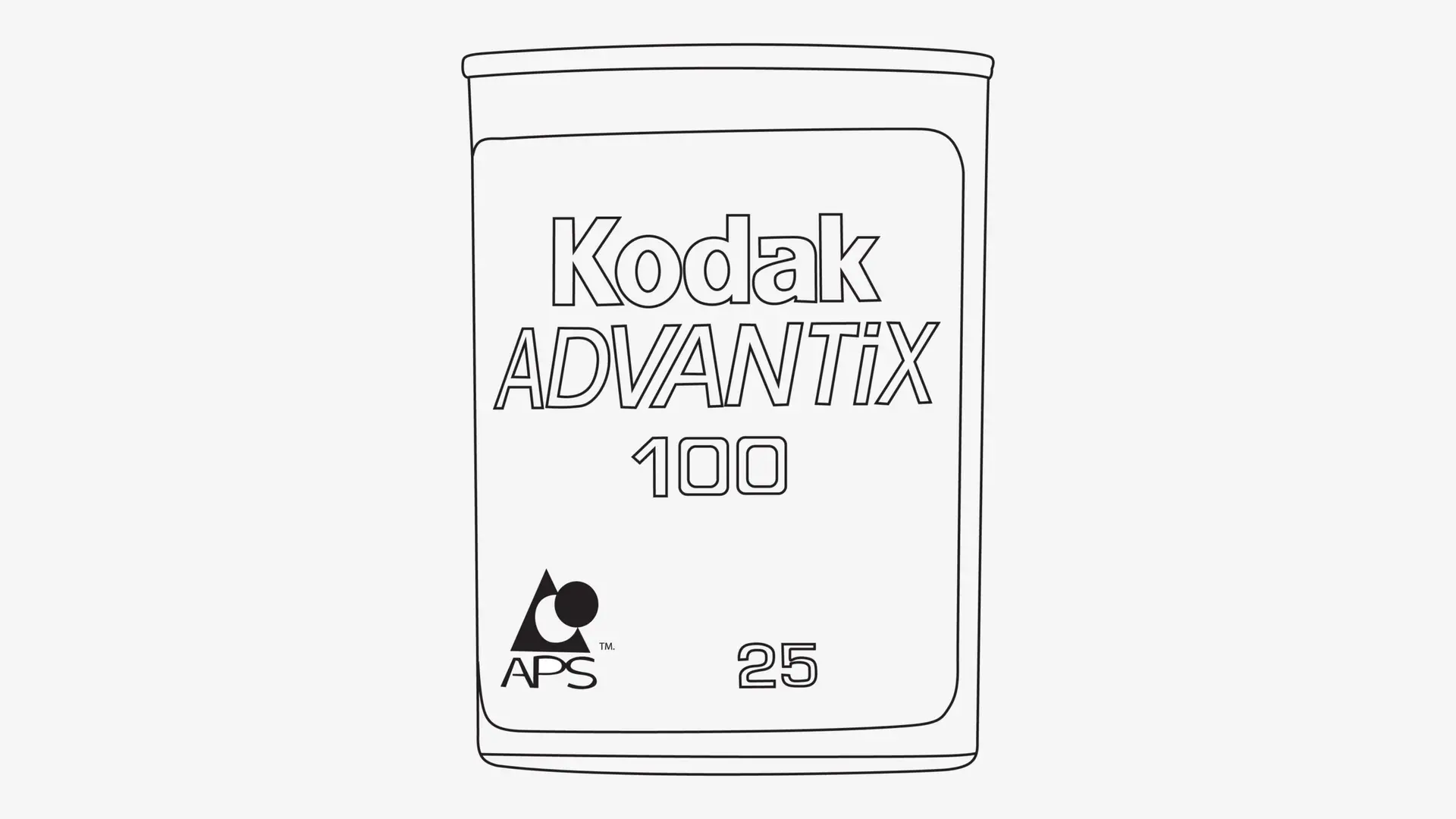
Q. Where can I get APS film?
A. APS film can be found through various channels, including online marketplaces, brick-and-mortar camera stores, film photography communities, and specialty film suppliers. These avenues offer a diverse selection of APS film options for purchase, catering to different preferences and needs.
Q. Where can I get APS film developed?
A. You can get APS film developed at various places, including:
- Local photo labs or photography shops: Many labs still offer film developing services, including APS.
- Drugstores or supermarkets with photo processing services: Some larger retail stores still provide film developing services, including APS film.
- Online photo printing services: Several online services specialise in film developing, including APS.
- Professional scanning services: Some companies offer film developing and scanning services, providing both analogue and digital options for APS film.
Ensure that the chosen service supports APS film developing and offers the quality and options you require.
Q. How to scan APS Film?
A. To scan APS film, follow these steps:
- Choose a Scanner: Use a scanner equipped with a film holder specifically designed for APS film.
- Prepare the Film: Ensure the APS film is clean and free of dust or debris.
- Load the Film: Insert the APS film into the scanner’s film holder according to the manufacturer’s instructions.
- Scan Settings: Open the scanning software and adjust settings such as resolution, color mode, and file format.
- Preview: Preview the scan to ensure the settings are correct and the entire frame is captured.
- Scan: Initiate the scanning process and allow the scanner to digitise the APS film.
- Save the Scans: Save the scanned images to your computer, organising them in a logical manner.
- Edit and Enhance: Use photo editing software to adjust colors, brightness, and contrast if necessary.
- Backup: Create backups of your digital files to prevent loss, considering storing them on external hard drives or cloud storage.
By following these steps, you can effectively scan APS film to create digital copies for archiving, sharing, or printing.
Q. How much does it cost to scan APS Film?
A. The cost of scanning APS film can vary depending on factors such as the resolution of scanning, the number of frames, and any additional services required. Basic scanning services without additional enhancements tend to be more affordable, while higher-resolution scanning or services like color correction and restoration may incur additional fees. Our services start from £39.99 and we’d love to hear from you and discuss your APS film scanning needs
Photo Restoration
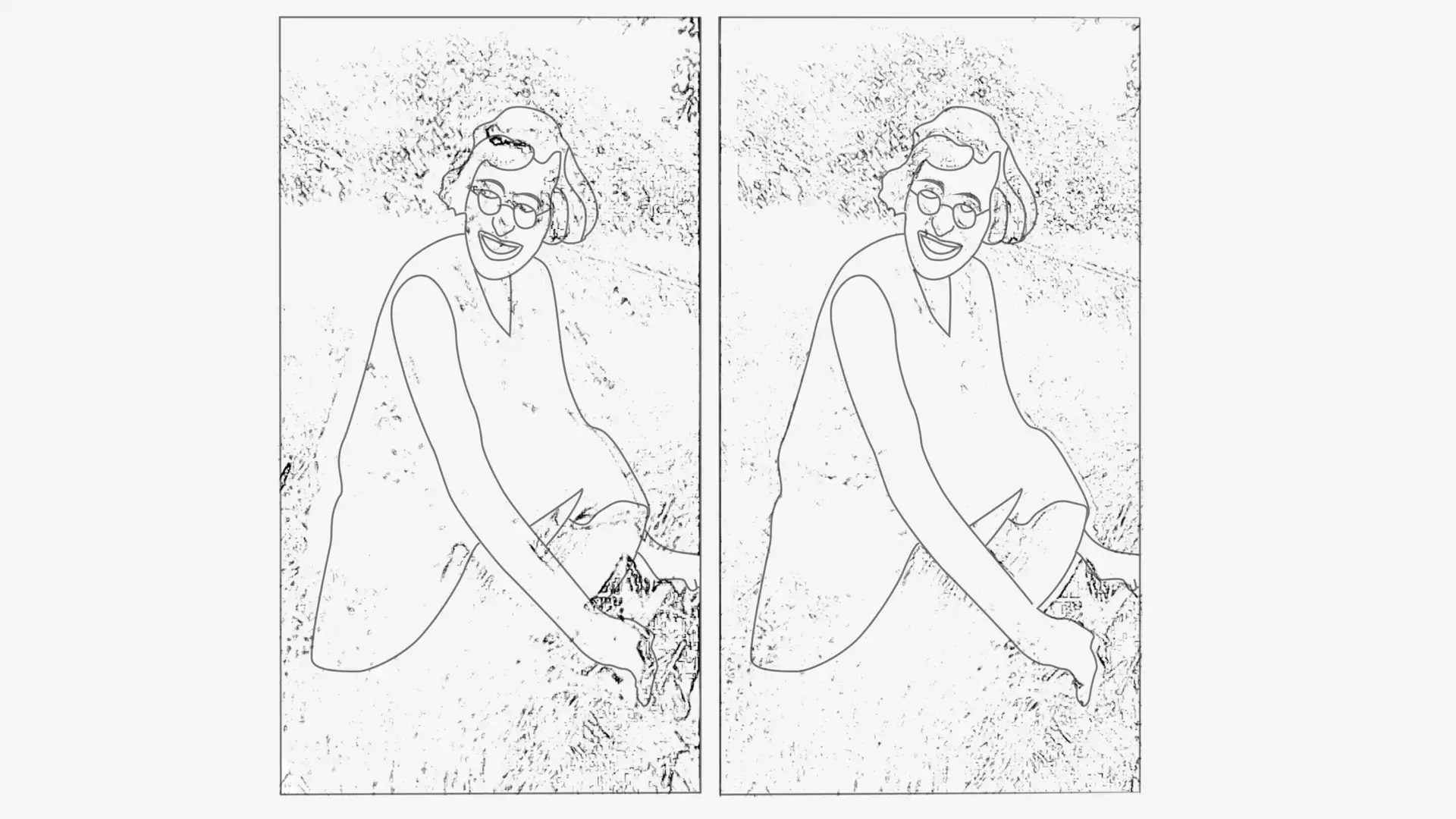
Q. How to restore old photos?
A. To restore old damaged photos you cans tart by scanning them to create digital copies and using photo editing software to repair damage like scratches, tears, and stains. Colour correction and detail enhancement may be necessary to restore the original appearance. Save the restored image in a high-quality format, and create backups to prevent loss. Finally, consider printing or sharing digitally to preserve and enjoy the memories.
Q. Can old black and white photos be restored?
A. Yes, old black and white photos can be restored. The restoration process involves scanning the photo to create a digital copy and then using photo editing software to repair damage such as scratches, tears, and fading. Additionally, color correction may not be required, but adjustments to brightness, contrast, and sharpness can enhance the overall appearance of the image. With proper restoration techniques, old black and white photos can be revitalised and preserved for future generations.
Q. How much does it cost to restore old photos?
A. The cost of restoring old photos can vary depending on factors such as the extent of damage, the complexity of the restoration needed, and the expertise of the professional or service provider. Basic restoration services without extensive retouching tend to be more affordable, while more complex restoration work or additional enhancements may incur higher fees. Our prices start at £19.99 but it’s best to give us a call for specific pricing information based on your needs – we’d love to hear from you!
Film Processing
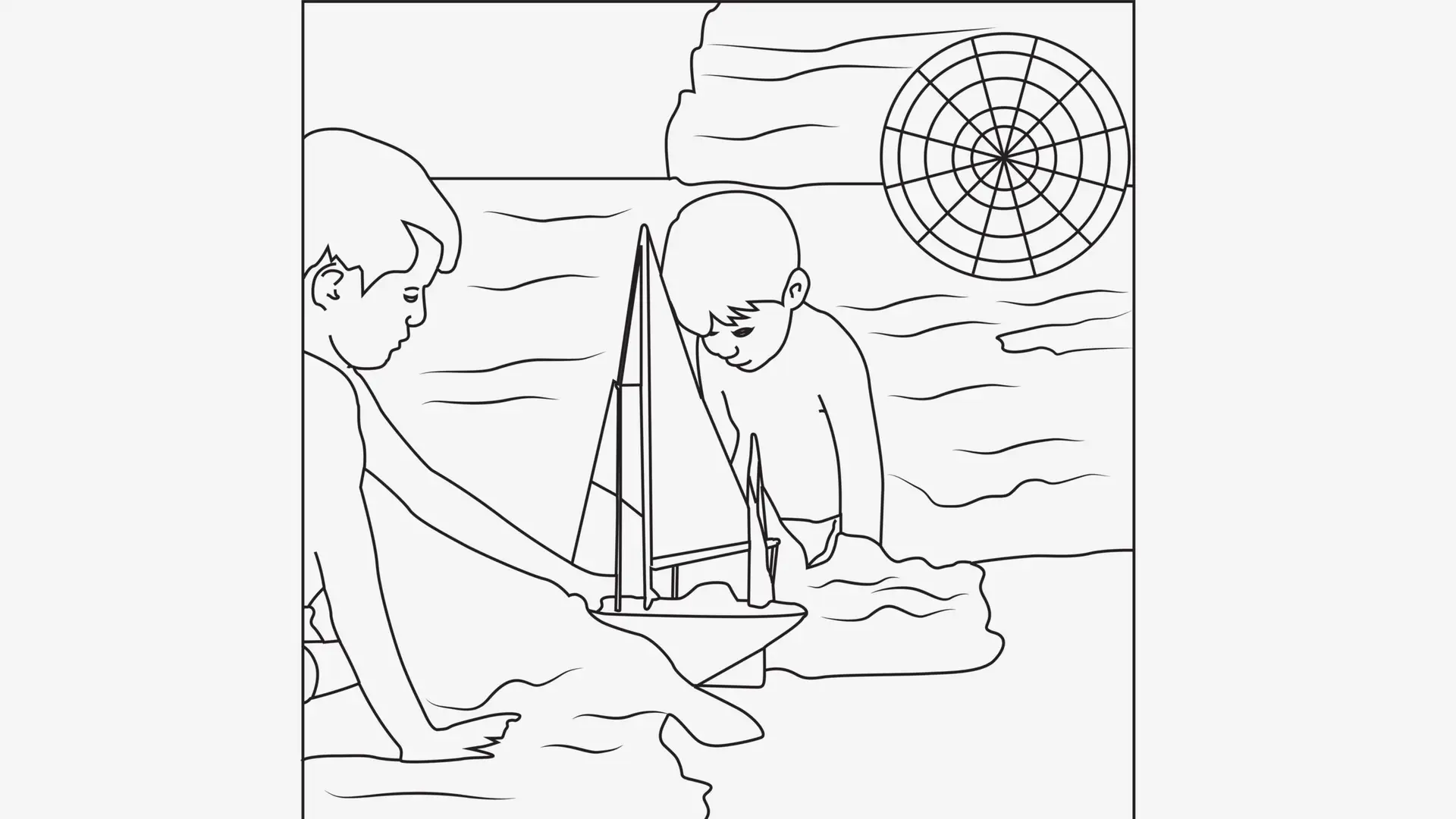
Q. Where can I get film developed?
A. You can get photo film developed at various places, including local photo labs or photography shops, drugstores or supermarkets with photo processing services, online photo printing services, and professional scanning services. These establishments typically offer film developing for various formats, including 35mm, medium format, and specialty films. Be sure to choose a service provider that supports the specific type of film you have and offers the quality and options you require.
Q. How to develop film?
A. Developing photo film involves several steps:
- Prepare the Darkroom: Ensure the darkroom is light-tight and equipped with necessary supplies, including developing tanks, reels, and chemicals.
- Mix Chemicals: Prepare the developer, stop bath, fixer, and wash solutions according to the manufacturer’s instructions.
- Load Film onto Reel: In a darkroom or changing bag, load the film onto the developing reel carefully to avoid kinks or scratches.
- Develop Film: Pour the developer solution into the developing tank and agitate according to the development time specified for the type of film being used.
- Stop Bath: Transfer the film to a stop bath solution to halt the development process.
- Fixer: Immerse the film in fixer solution to remove unexposed silver halides and make the image permanent.
- Wash: Rinse the film thoroughly in clean water to remove residual chemicals.
- Dry: Hang the film to dry in a dust-free environment or use a film drying cabinet.
- Inspect and Cut: Once dry, inspect the film for any defects or damage. Cut into strips or individual frames as needed.
- Storage: Store the developed film in archival-quality sleeves or containers to preserve it for future use or scanning.
Developing film requires precision and attention to detail, so it’s essential to follow the manufacturer’s instructions carefully and practice proper darkroom techniques. Alternatively, if you want a professional to do the job, we provide high-quality film developing services with attention to detail to ensure your photos turn out beautifully. Let us help you bring your film images to life with our dedicated services.
Q. How much does it cost to get film developed?
A. The cost of getting film developed can vary depending on factors such as the type of film, the number of exposures, and any additional services required. Our prices start from £19.99 but it’s best to give us a call for specific pricing information based on your needs – we’d love to hear from you!
Scanning Slides – Vintage Slides, Negatives, and Photographs
Unlocking the Art of Digital Conversion for Vintage Slides, Negatives,...
Great Ways to Digitise Old Photos & Films
For a few more more few tips on tricks on...



